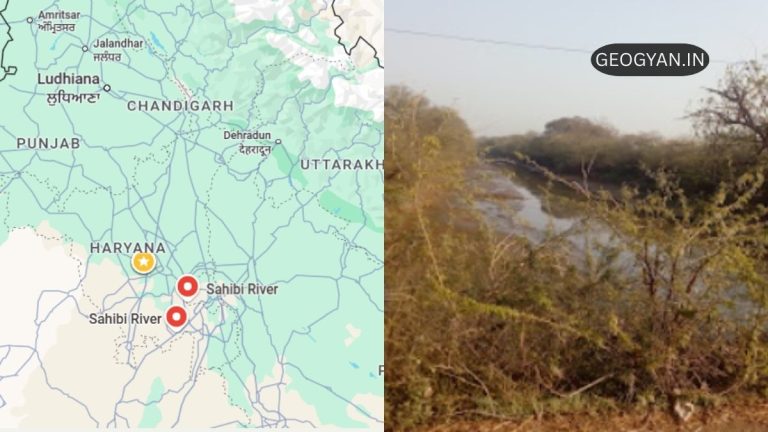Estimated reading time: 3 minutes
Reine or Pure Geography
The French geographer Philippe Buache and the German philosopher and writer of geography Anton Friedrich Busching, attempted to describe the areal similarities and differences in an orderly manner, and provided rational explanation. In his book published in 1756, Buache developed the concept of an Earth marked off into major basins bordered by continuous ranges of mountains.
On land there are drainage basins, and the mountains form the drainage divides between different river systems. The basins continue under the oceans, and here the mountains form strings of islands or submerged sand banks. The persistence of his idea that drainage basins are bordered by mountains is amazing in view of the easily accessible examples in Europe of rivers that rise in one basin and flow through mountains to other basins.
It was Johann Christoph Gatter of Germany who carried forward the view of Buache and identified the drainage basins as natural regions and used them as the frame of organization for geographical test. The river basin was widely used as the framework for the identification of what would be now called systems of interrelated elements. Anton Friedrich Busching produced his famous Neue Erdbeschreibung in six volumes in 1792, in which he sought to provide a description of the known surface of the Earth.
In many ways, the work reflects the Munster tradition, as political units were chosen for regional description. It could be said that Busching made extensive use of the statistical materials provided by Anchenwall and Sussmilch. The work was, therefore, no different from that of the old masters such as Strabo. His contribution lay in his insistence on the critical handling of all source material and the setting up of a high standard of accuracy.
Busching was very much influenced by the ‘political-statistical school’ of his time which led him to make use of population density as a geographic element (Peschel, 1865). He is credited with having formulated the theory of economic interdependence among countries and favoured the water transportation as it involved low transfer cost.
Undoubtedly, Busching’s work started the trend towards pure Geography (reine geographie). The idea of the natural division of the Earth’s surface in the late eighteenth century stirred the contemporary geographical scholarship to such an extent that the geographers became more and more involved in the development of the idea pertaining to reine geographic.
H. G. Hommeyer carried the concept to its logical conclusion. He, however, abandoned political boundaries altogether, and divided his areas into ‘terrains’, natural regions which were in most cases river basins. German writers of the twentieth century also believed that geographical study should have its basis in natural rather than in political units.
Johann August Zeune sought to discover the interrelationships of plants, animals, and men and to define his sub-divisions of the Earth’s surface by reference to several factors, including climate and vegetation, not just relief. He offered an explanation which sought for an orderly presentation of natural units in which the areal similarities and differences could be properly organized, and further strengthen the base of the regional concept.





























